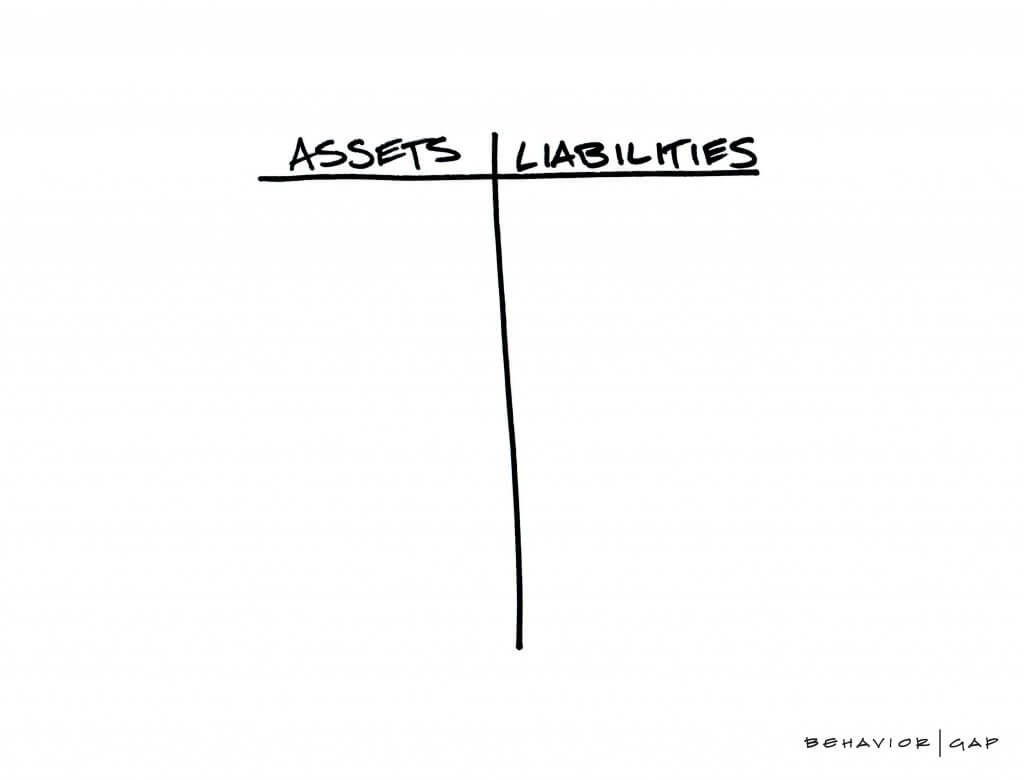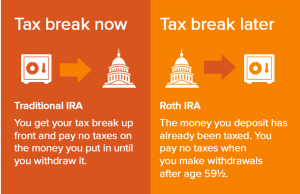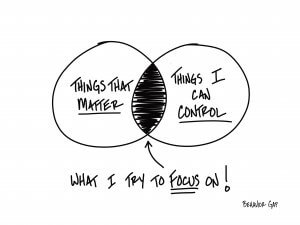
Foundations of Financial Planning: Part II, Take Inventory
Financial PlanningJan 29, 2025
In Part I, we discussed the impact our behaviors and mindset have on our finances. Now that we have done that, we can move on to constructing a plan that gets us on a better path. The next step in moving forward is to step back. In other words, we must understand where we are before we can assess the best way to get where we want to go. Regardless of what our goals for the future are, we need to start by reflecting on our current situation by “taking inventory”.
In constructing a plan we must understand our current financial situation before we can change it. Here is an analogy: think of a good financial plan like it is a “financial GPS”- just like the apps that help us get from place to place in our cars. Both should be designed to get us to our desired destination in the most efficient way possible. Both should quickly update if we miss a turn or want to go somewhere new. Both should also be able to offer many different routes that can get us where we want to go. With all that being said, what do both a financial plan and the GPS in our car need from us in order to be useful ? An accurate starting point. Before we set financial goals about where we want to be in one, five, or twenty years, we must be honest about where it is we are today. We can’t succeed in accomplishing any goals we set for ourselves if we skip this essential step.
Forget stock market performance, fancy investment products, and what the talking heads on television have to say. There first needs to be a broader financial discussion that considers your personal balance sheet. What is a balance sheet? It is a summary of assets and liabilities at a given period of time. Put more simply, it is a snapshot of what you own and what you owe. Many people think of the balance sheet as a financial statement for companies used for earnings calls or board meetings, or maybe something they remember learning about in accounting class. We use it as the starting point for every financial planning conversation we have. The balance sheet is the single best way to take inventory for yourself and your family about where you are. It allows you to clearly understand what you need to focus on moving forward.
Jamie Dimon, the CEO of J.P. Morgan Chase, often credits the success of the company through good markets and bad to always maintaining a “fortress balance sheet”. Going back well before the Global Financial Crisis of 2007-2008, Dimon was relentlessly focused on having the firm’s balance sheet prepared to withstand all stages of the business cycle as well as any unforeseen events. He did this despite receiving criticism by some for being too conservative or risk averse. In hindsight, it left the firm in a stronger position than many of the banks who needed bailouts or became insolvent when the crisis did strike.
Trying to understand the financial statements of a big Wall Street bank is no simple task, but the concepts involved in Dimon’s fortress balance sheet approach are pretty straightforward. To us, the approach applies to individuals as much as it does to one of the largest financial institutions in the world. It is about ensuring you have sufficient liquidity at all times (cash on hand), and are not over levered (don’t have too much debt). This combination allows you to be well prepared to withstand unexpected shocks while maintaining flexibility should opportunities arise (i.e., loss of a job or income, or having the ability to purchase a new home quickly).
A good financial plan should create a framework that helps you and your family be more prepared for what life throws at you and adapt seamlessly as your situation evolves. Working with an advisor to better understand your balance sheet will also prompt you to do some of that organizing of your finances you may be putting off. Maybe you have been meaning to get around to it since you changed jobs, got married, or had had another major life event. It can also uncover items you forgot about or aren’t paying attention to (maybe an old credit card with an outstanding balance, or the student loans you are deferring).
Whether it is our personal finances or a long road trip, we need to be keenly aware of where we are starting from, or it is going to be really hard to get to our destination. As you look ahead to a new year, now is a great time to “take inventory” of your financial situation. As Peter Drucker famously said, “you can’t manage what you can’t measure”.


